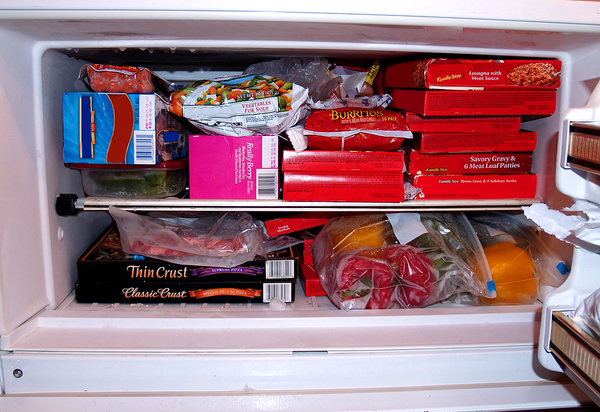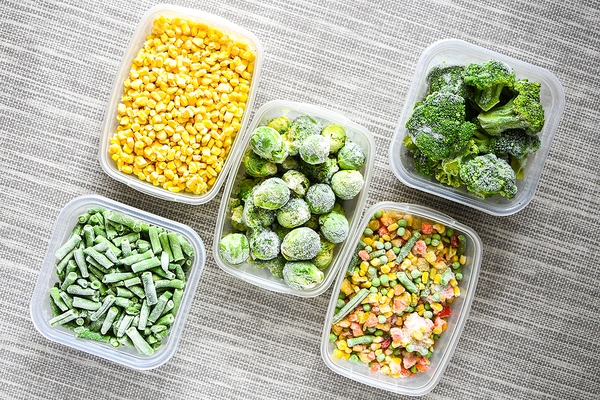
As experts try to figure out how to package and distribute hundreds of millions of doses of a life-saving vaccine at negative 98 degrees F, they can take some instruction from the food-labeling industry. How do CPG brands address packaging for cold and freezing environments?
CPG Packaging for Cold Environments
Determining CPG packaging designs for cold environments is tricky. Frozen foods with high moisture content can expand up to 9%. The package should stand up to temperatures down to -40 degrees. Many times, the CPG packaging must also withstand long cold storage, transportation, and even address the stress of being microwaved or baked. What are the types of packaging that can withstand all of these challenging conditions?
- Polyethylene (PE) film can handle the -40 degree cold and remain intact. PE film is puncture resistant and stands up well for easier and safer transport. CPG packaging designers can print right on the outside of the film, which can be layered for even more protection.
- PE offshoots include a variety of plastics such as Polypropylene, LDPE, or HDPE, all of which are common materials for frozen food packaging and long-term storage. You see these products in shrink wraps, flexible and rigid packaging, and even single-use disposables. Plastic remains a durable product able to withstand extreme temperatures.
- Polyethylene terephthalates (PET) is notable for its ability to withstand abrupt changes in temperature. You see PET packaging used for microwaveable frozen foods or boil-in-bag containers.
- Laminated paper and cardboard are also commonly used in everything from ice cream to entrees. However, these CPG packaging materials do not stand up as well once they’re removed from the freezer.
- Metal or tin product packaging was common in the popular era of the 50s and 60s for TV dinners, and it’s still used today. But PE and PET are pushing metal out of the market because they are less expensive to produce and can't be microwaved.
 .
.
Challenges CGP Companies Face With Cold Product Packaging
Some of the common challenges of CPG packaging for frozen products occurs even before the item makes it to the consumer’s freezer. Deep freezing halts microbe growth but steps must be taken to ensure clean manufacturing practices on the assembly line. Some of the clean techniques used by CPG companies during the manufacturing process include:
- A dry wipe down of the product and package with a room temperature microfiber cloth before packaging.
- A soft-wash or low-pressure cleaning technique that sprays specialized solutions or distilled water to clean the surface of the product before packaging.
- High-pressure cleaning can also be used, particularly for whole food items before they’re frozen, such as turkey or chicken.
There are also label considerations that must meet FDA identity, weight, nutrition, and manufacturing requirements. Using freezer-grade labels with special adhesives along with printing techniques is also important for withstanding long- or short-term freezer storage.
CPG packaging labels can include blank or vinyl labels that can handle ice-cold water and moisture. Even more complex, the surface itself may not be rigid but could be irregular surfaces found on bags, films, or vacuum packaging.
Each type of frozen CPG packaging has its own set of requirements. While freezing food products has long-term appeal for storage, CPG packaging designers have their hands full creating durable, eye-catching containers for their brands and customers.
PKG Brand Design is always on the forefront of new CPG branding and packaging initiatives; please subscribe to our blog for the latest package design industry news!


.jpg)




